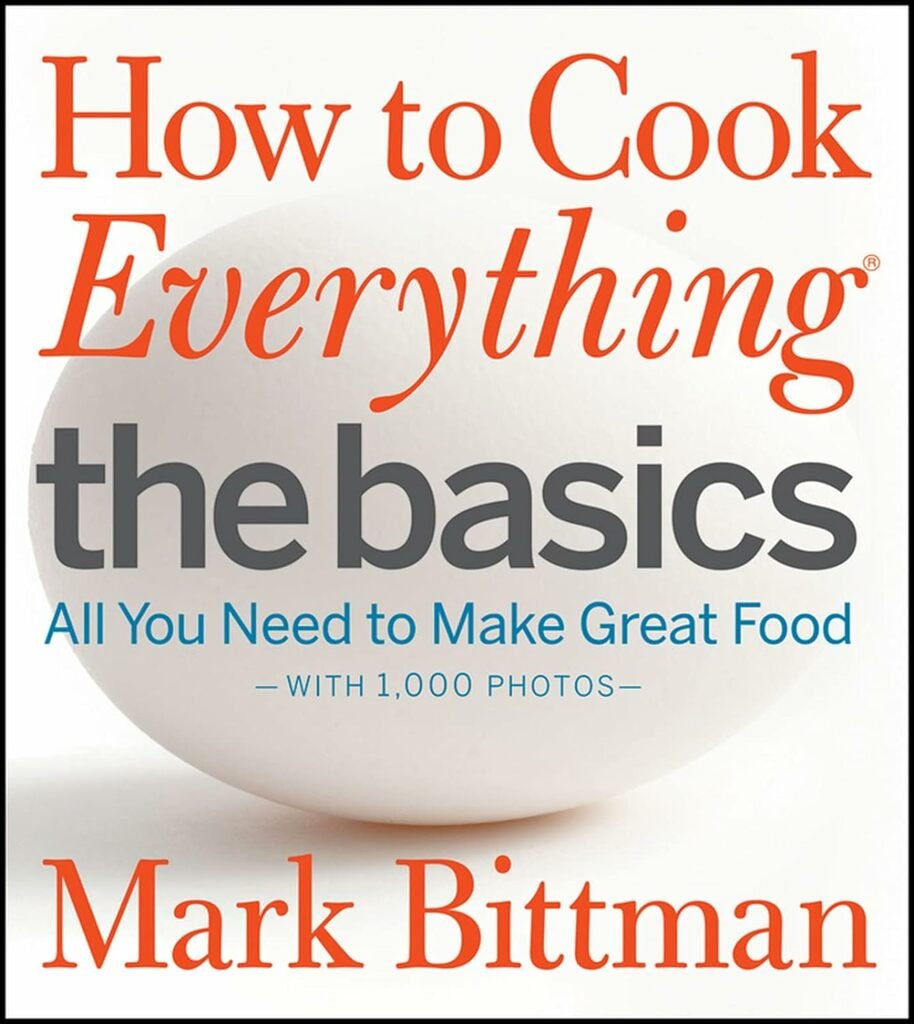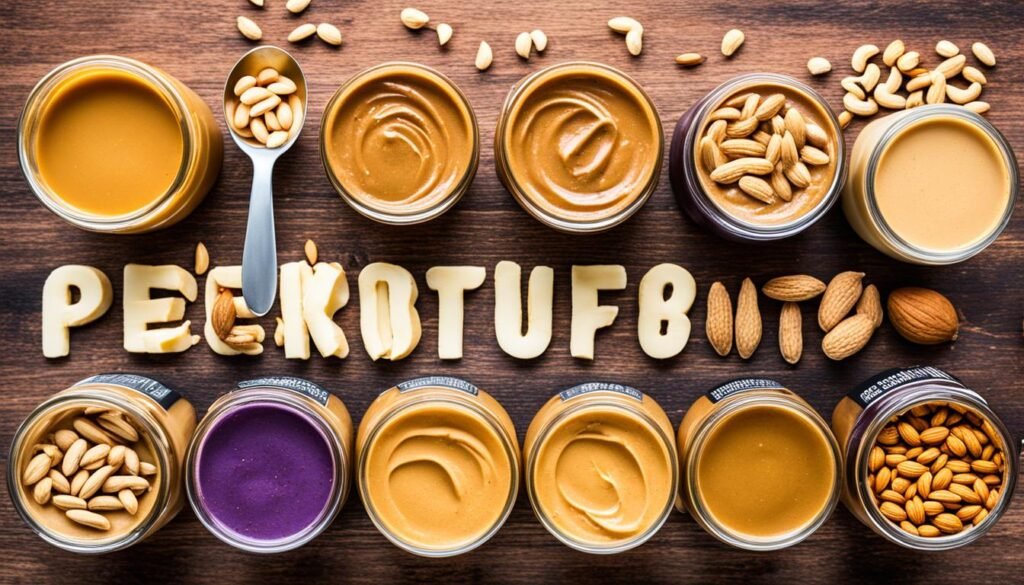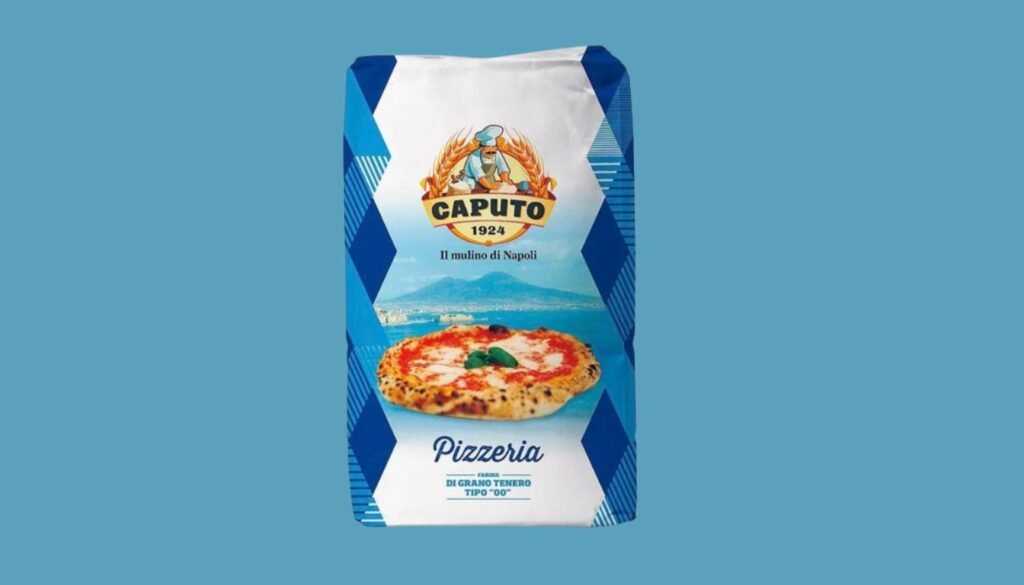Choosing the suitable liquid is vital when creating the perfect smoothie. But with so many options available, how do you know which is best? Is water sufficient, or should you consider milk, juice, or something more adventurous?
This article will explore the top picks for the best liquids for smoothie blends. Focusing on flavor, nutrition, and popular smoothie bases, we have gathered information from multiple sources to help you make the optimal choice for your smoothie creations.
Discover the ideal smoothie liquid options and challenge common beliefs about popular smoothie bases. Are you ready to take your smoothie game to the next level?
Water for Smoothies
Water is the ultimate calorie-free and sugar-free liquid option for smoothies. It can help you stay hydrated and burn calories, making it an excellent choice for losing weight. Adding water to your smoothie recipe ensures that the flavors of your chosen ingredients shine through without any added sweetness or additional calories.
When creating a low-calorie smoothie, water is the perfect liquid base. Not only does it help to keep the calorie count low, but it also provides essential hydration to support your overall health and well-being.
Water is incredibly versatile and can be used in any smoothie recipe. Whether making a fruity blend, a green smoothie, or a protein-packed shake, water blends seamlessly with all the ingredients, allowing their natural flavors to take center stage.
Water is an excellent choice for weight loss as it contains zero calories. By using water as the liquid base in your smoothie, you can enjoy a satisfying and refreshing beverage without worrying about extra calories creeping in.
In addition to being calorie-free, water can aid in weight loss by boosting metabolism. Studies have shown that drinking water can temporarily increase your metabolic rate, helping you burn more calories throughout the day.
Milk and Milk Alternatives for Smoothies
The choice of liquid is crucial when creating delicious and nutritious smoothies. Milk and milk alternatives are famous for making a creamy and flavorful smoothie base. Let’s explore some of the best choices for milk and milk alternatives that can enhance the flavor and nutrition of your smoothie.
Cow’s Milk: A Nutrient-Rich Option
Cow’s milk is a fantastic smoothie choice if you’re not lactose intolerant. It is a rich source of essential nutrients, including calcium for strong bones, potassium for electrolyte balance, and vitamin D for overall health. A splash of cow’s milk will add creaminess to your smoothie and provide essential nutrients.
Almond Milk: A Low-Calorie Alternative
For those looking for a lower-calorie option or who have lactose intolerance, almond milk is an excellent milk alternative for smoothies. It is lactose-free, making it more easily digestible. Almond milk is also packed with vitamins and minerals, such as vitamin E, magnesium, and calcium, adding flavor and nutrition to your blends.
Oat Milk: A Dairy-Free and Fiber-Rich Choice
Oat milk is a fantastic smoothie option if you follow a plant- or dairy-free diet. Made from soaked oats, it provides a creamy texture and a slightly sweet taste. Oat milk is lactose-free and naturally rich in soluble fiber, aiding digestion and keeping you satisfied. Incorporating oat milk into your smoothies is an easy way to boost your fiber and nutrient intake.
Soy Milk: A Versatile and Protein-Rich Option
Soy milk is another versatile alternative widely used in smoothie recipes. It offers a creamy texture and a subtle nutty flavor to your blends. Soy milk is also a great source of plant-based protein, making it an ideal choice for those looking to increase their protein intake. Whether you’re following a vegan lifestyle or want to enhance the nutritional profile of your smoothies, soy milk is a fantastic option to consider.
Coconut Water and Coconut Milk for Smoothies
Coconut water and coconut milk are popular ingredients in smoothie recipes, adding uni. They address nutritional benefits. Let’s explore how these coconut-based liquids can elevate your smoothie game.
The Refreshing and Hydrating Power of Coconut Water
If you’re looking for a natural and refreshing post-workout recovery option, coconut water is a fantastic choice. Known as nature’s energy drink, it contains a wealth of electrolytes, with potassium being its key highlight. This nutrient helps replenish your body’s electrolyte levels, aids muscle recovery, and promotes optimal hydration.
Coconut water’s light and subtle flavor make it an excellent base for tropical smoothies. It pairs well with various fruits like pineapple, mango, and kiwi, offering a refreshing burst of flavor with every sip.
Coconut Milk: Creamy Texture and Tropical Flavor
Coconut milk is your secret weapon for craving a creamy and indulgent smoothie. Its rich consistency adds depth and creaminess to your blends, taking your smoothie experience to a new level.
Coconut milk lends a delightful tropical flavor and pairs perfectly with banana, papaya, and berries. You can experiment with different fruits, vegetables, and flavor profiles to create your ultimate coconut-infused concoction.
It’s essential to note that while coconut milk brings a luscious texture to your smoothie, it is higher in calories than other liquid options. To strike a balance, consider mixing it with water or using it in moderation.
Now that you know the benefits of coconut water and coconut milk for smoothies, experiment and savor the tropical goodness they bring. Whether you prefer to hydrate and recover post-workout or indulge in a creamy delight, these coconut-based liquids will elevate your smoothie experience.
Juice for Smoothies
Juice is a popular choice for adding flavor and sweetness to smoothies. It’s a great way to incorporate the goodness of fruits while still getting the fiber from whole fruits and vegetables. The juice acts as a fruity smoothie base, providing natural sweetness and enhancing the overall taste.
When using juice in your smoothie recipes, it’s essential to be mindful of the added sugar and calories. Opting for unsweetened varieties or a splash of juice can enhance the flavor without overpowering the smoothie. This allows you to control the sweetness level while enjoying natural fruity.
Coffee, Chocolate Milk, and Kombucha for Smoothies
For those looking to add a unique twist to their smoothies, consider incorporating coffee, chocolate milk, or kombucha into your blends. These unconventional smoothie liquids offer distinct flavors and potential health benefits.
Coffee for Smoothies
Adding coffee to your smoothie can elevate its taste and boost your energy. Coffee’s rich, bold flavors can complement a variety of ingredients and add a delightful kick to your morning routine. Whether you prefer a classic black coffee or a flavored option, such as vanilla or caramel, the choice is yours. Just remember to cool down your coffee before blending it with other ingredients.
Chocolate Milk for Smoothies
If you want to add protein and a touch of indulgence to your smoothie, chocolate milk is a great option. The combination of chocolate and milk creates a creamy and decadent taste that pairs well with fruits like bananas or berries. Additionally, chocolate milk provides essential nutrients like calcium and can be a satisfying treat for kids and adults.
Kombucha for Smoothies
Kombucha, a fermented tea, can bring a tangy flavor and potential health benefits to your smoothies. It contains probiotics, which can support gut health and digestion. Kombucha comes in various flavors, such as ginger, berry, or citrus, allowing you to experiment with different taste profiles. Incorporating kombucha can add a unique twist to your smoothie and provide a refreshing and tangy experience.
To get started with these unique smoothie liquids, try out the following recipes:
- Mocha Banana Delight: Blend one ripe banana, one cup of cooled brewed coffee, one cup of chocolate milk, and a handful of ice cubes for a creamy, caffeinated smoothie.
- Choco-Berry Blast: Combine 1 cup of chocolate milk, 1 cup of mixed berries, 1 tablespoon of cocoa powder, and a handful of spinach for a nutritious and chocolatey delight.
- Tangy Kombucha Twist: Mix 1 cup kombucha (preferably a fruity flavor), 1 cup pineapple chunks, 1/2 cup cucumber slices, and a handful of mint leaves for a refreshing and probiotic-rich smoothie.
Remember, when experimenting with coffee, chocolate milk, or kombucha in your smoothies, adjust the quantities and flavors to suit your preferences. Enjoy the unique flavor profiles and potential health benefits these unconventional smoothie liquids can bring to your blends!
Tips for Creating the Best Smoothie
Finding the right balance of ingredients is key to creating the best smoothie. By following these tips, you can ensure that your smoothie is delicious and nutritious.
1. Start with a base of 1 cup of fruit
To add sweetness and flavor to your smoothie, choose your favorite fruits or a combination of different types. Popular options include berries, bananas, mangoes, and pineapple.
2. Add a handful of greens for added nutrition
Boost the nutritional value of your smoothie by adding a handful of greens such as spinach, kale, or Swiss chard. These leafy greens are packed with vitamins, minerals, and fiber.
3. Incorporate a source of protein
Protein is essential for keeping you full and satisfied. Add a scoop of Greek yogurt, a spoonful of protein powder, or a handful of nuts or seeds to increase the protein content of your smoothie.
4. Add plant-based fats for a creamy texture
Nut butters like almonds, peanut butter, or a quarter of an avocado can add a creamy texture to your smoothie. These healthy fats also provide essential nutrients and help keep you satiated.
5. Choose a suitable liquid
Select a liquid that complements the flavors and consistency of your smoothie. Options include milk (dairy or plant-based), water, coconut water, or flavored liquids like unsweetened fruit juice.
6. Don’t forget to add flavor boosters
Enhance the taste of your smoothie by adding flavor boosters such as cocoa powder, vanilla extract, spices like cinnamon or nutmeg, or a squeeze of citrus juice. Experiment with different combinations to find your favorite flavors.
7. Keep an eye on portion sizes and added sweeteners
While smoothies can be a healthy meal or snack option, it’s important to be mindful of portion sizes and added sweeteners. Stick to recommended serving sizes and opt for natural sweetness from fruits instead of adding extra sugar.
Following these tips, you can create a delicious, nutrient-rich smoothie that will satisfy your taste buds and support your health goals.
Common Smoothie Mistakes to Avoid
While smoothies are nutrient-packed, it’s important to be mindful of common mistakes that can undermine their health benefits. By avoiding these pitfalls, you can ensure that your smoothies are delicious and nutritionally balanced.
Using Smoothies as Meal Replacements Without Considering the Calorie Content
One common mistake is using smoothies as meal replacements without considering their calorie content. While smoothies can be a convenient and healthy meal option, knowing the calorie count is important, especially if you’re watching your weight or aiming to maintain a specific caloric intake. Adding high-calorie ingredients like nut butter, sweeteners, and excessive amounts of fruit can quickly increase the calorie content of your smoothie.
Adding Excessive Amounts of Fruit
Fruits are undoubtedly nutritious, but it’s crucial to maintain a balance when adding them to your smoothies. While they provide natural sweetness, they also contain sugar. Adding too much fruit can lead to excessive sugar intake, which can be harmful to your health, especially if you have diabetes or are trying to watch your sugar consumption. Instead, incorporate a variety of fruits in moderation to ensure a well-rounded smoothie.
Using Too Much Added Sweetener
Although it may be tempting to sweeten your smoothie with additional sweeteners like honey, agave syrup, or maple syrup, it’s important to exercise caution. These sweeteners can significantly increase the sugar content of your smoothie, leading to a higher calorie intake and potential blood sugar spikes. Instead, opt for naturally sweet ingredients like ripe bananas, dates, or a splash of unsweetened fruit juice to add sweetness to your smoothie.
Going Overboard with Boosters like Nut Butters and Protein Powders
Boosters like nut butter and protein powders can enhance the nutritional profile of your smoothie. However, using them excessively can add unnecessary calories and fat. Considering your specific dietary needs and goals, using these ingredients in moderation is important. Instead of using large amounts of nut butter, opt for a small serving and aim for protein powders that are low in added sugars and free from unnecessary additives.
How to Build the Best Smoothie
Building a great smoothie is all about following a few crucial steps. By combining the right ingredients, you can create a smoothie that is not only delicious but also nutritious. Here’s a guide to help you build the perfect smoothie every time.
Step 1: Start with a Fruit Base
The first step in building a smoothie is to choose a fruit base. This can be a single fruit or a combination of different fruits. Popular options include bananas, berries, mangoes, and pineapples. Fruits provide natural sweetness and a wide range of vitamins and antioxidants.
Step 2: Add a Handful of Vegetables
Add a handful of vegetables to boost the nutritional value of your smoothie. Leafy greens like spinach and kale are excellent choices, adding fiber, vitamins, and minerals without compromising the taste.
Step 3: Incorporate a Protein Source
Protein is essential for building and repairing tissues and helps keep you full and satisfied. Add a protein source to your smoothie, such as Greek yogurt, tofu, or a scoop of protein powder. This will provide balance and help you stay energized throughout the day.
Step 4: Include a Plant-Based Fat
Adding a plant-based fat to your smoothie will give it a creamy texture and enhance the absorption of fat-soluble vitamins. Options like nut butter, avocado, or coconut oil are excellent choices that provide healthy fats and make your smoothie more satisfying.
Step 5: Choose a Suitable Liquid
The choice of liquid can significantly impact the taste and texture of your smoothie. Select a liquid base that complements the flavors of your other ingredients. Water, milk, almond milk, or coconut water are popular options. Still, you can also experiment with flavored liquids like flavored water or herbal tea to add a unique twist to your smoothie.
Step 6: Add Flavor Boosters if Desired
If you want to take your smoothie to the next level, consider adding flavor boosters that align with your taste preferences. Cocoa powder, cinnamon, vanilla extract, or a dash of honey are just a few examples of ingredients that can enhance the flavor profile of your smoothie.
By following these steps, you can create a well-balanced and refreshing smoothie tailored to your preferences and nutritional needs. Remember to experiment with different combinations and enjoy the process of creating your own customized smoothie.
Healthy Smoothie Recipes
Here are some delicious and healthy recipes to try to inspire your smoothie creations. These recipes include a variety of fruits, vegetables, protein sources, and flavor enhancers to help you create a well-rounded and tasty smoothie.
Blackberry Banana Lime Smoothie
This vibrant smoothie combines the sweetness of ripe bananas with the tanginess of fresh blackberries and a zesty kick from lime juice. It’s packed with antioxidants, vitamins, and fiber, making it a nutritious and refreshing choice for any time of the day.
Gut-Healthy Berry Smoothie
This gut-healthy smoothie supports digestion and promotes a healthy gut microbiome. It features a mix of berries, including blueberries and raspberries, which are rich in fiber and antioxidants. Add a dollop of Greek yogurt for probiotics and a creamy texture, and blend it all for a tasty and beneficial smoothie.
Tropical Green Smoothie
Embrace the tropical vibes with this green smoothie that combines the goodness of leafy greens and tropical fruits. Blend spinach or kale, pineapple, mango, and coconut water for a refreshing and nutrient-packed smoothie that transports you to a sunny beach getaway.
These healthy smoothie recipes are just a starting point. Feel free to customize and experiment with different ingredients to suit your taste preferences and nutritional needs. Whether you’re looking to sneak in extra veggies, boost your protein intake, or healthily satisfy your sweet tooth, there’s a smoothie recipe.
Conclusion
When creating the perfect smoothie, the choice of liquid is a crucial factor that can significantly impact your blend’s flavor and nutritional content. After exploring a range of options, including water, milk and milk alternatives, juice, and more innovative choices like coffee and kombucha, it’s clear that the best liquid for your smoothie is ultimately a personal preference.
Consider your nutritional goals and flavor preferences when selecting the ideal smoothie liquid. Water is an excellent choice if you want to keep your smoothies light and low-calorie. For added creaminess and a boost of nutrients, dairy milk and alternatives like almond, oat, and soy milk are popular options.
If you enjoy the natural sweetness and tang of fruits, incorporating juice into your smoothies can provide a delightful flavor. Those seeking unique and indulgent blends might experiment with coffee, chocolate milk, or kombucha for an exciting twist.
Remember, the key is finding a balance that offers flavor and nutrition in your smoothie liquid. Don’t be afraid to experiment with different combinations until you discover your perfect blend. So mix it up and enjoy the endless possibilities of creating your own delicious and nutritious smoothies!
Author
-

Anne Williams is a passionate wordsmith, blending creativity with expertise in SEO to craft captivating content. With a penchant for concise yet compelling prose, she brings stories to life and leaves readers craving more. When she's not penning her next masterpiece, you can find her exploring new coffee shops or lost in the pages of a good book.
View all posts






